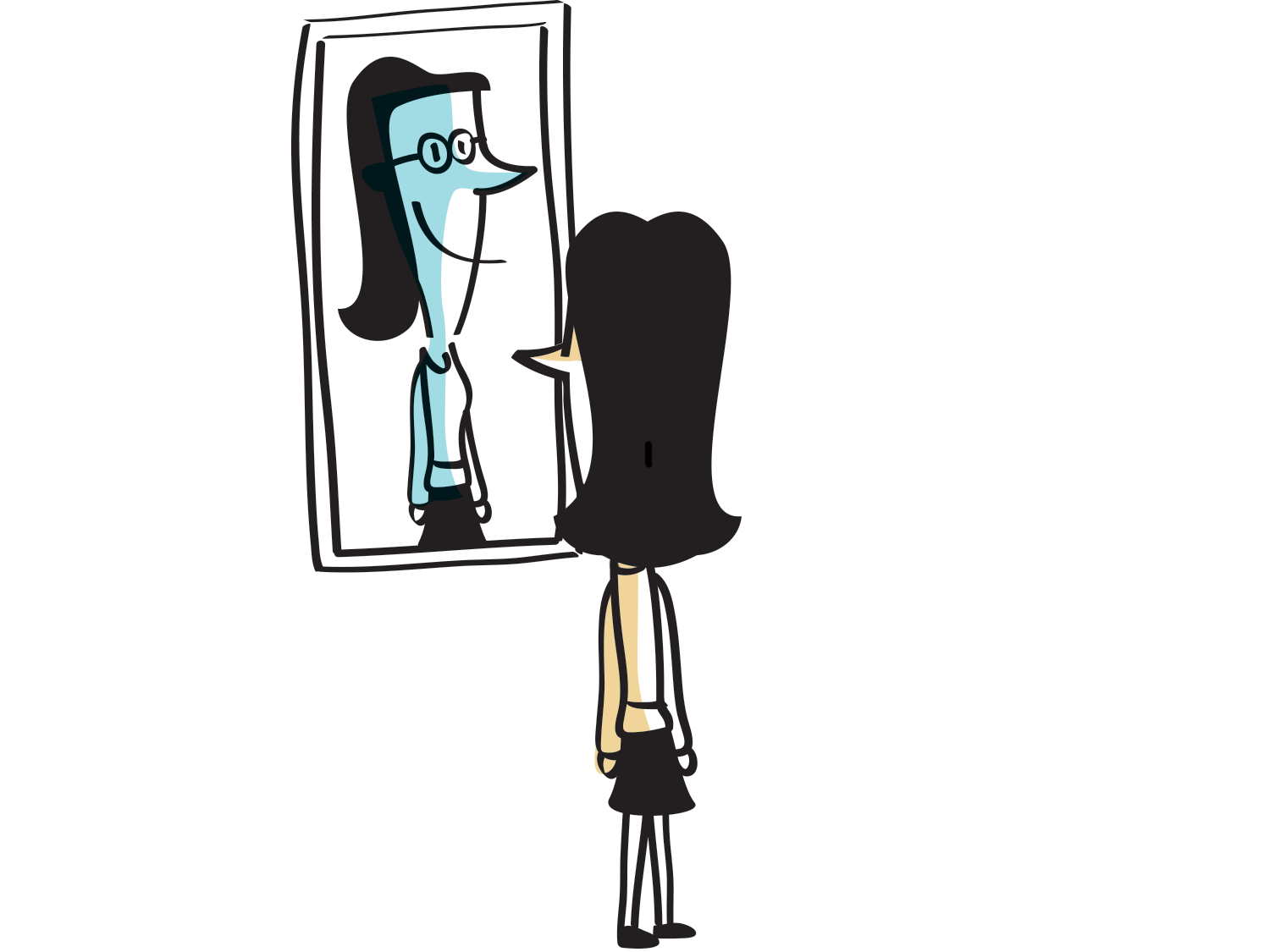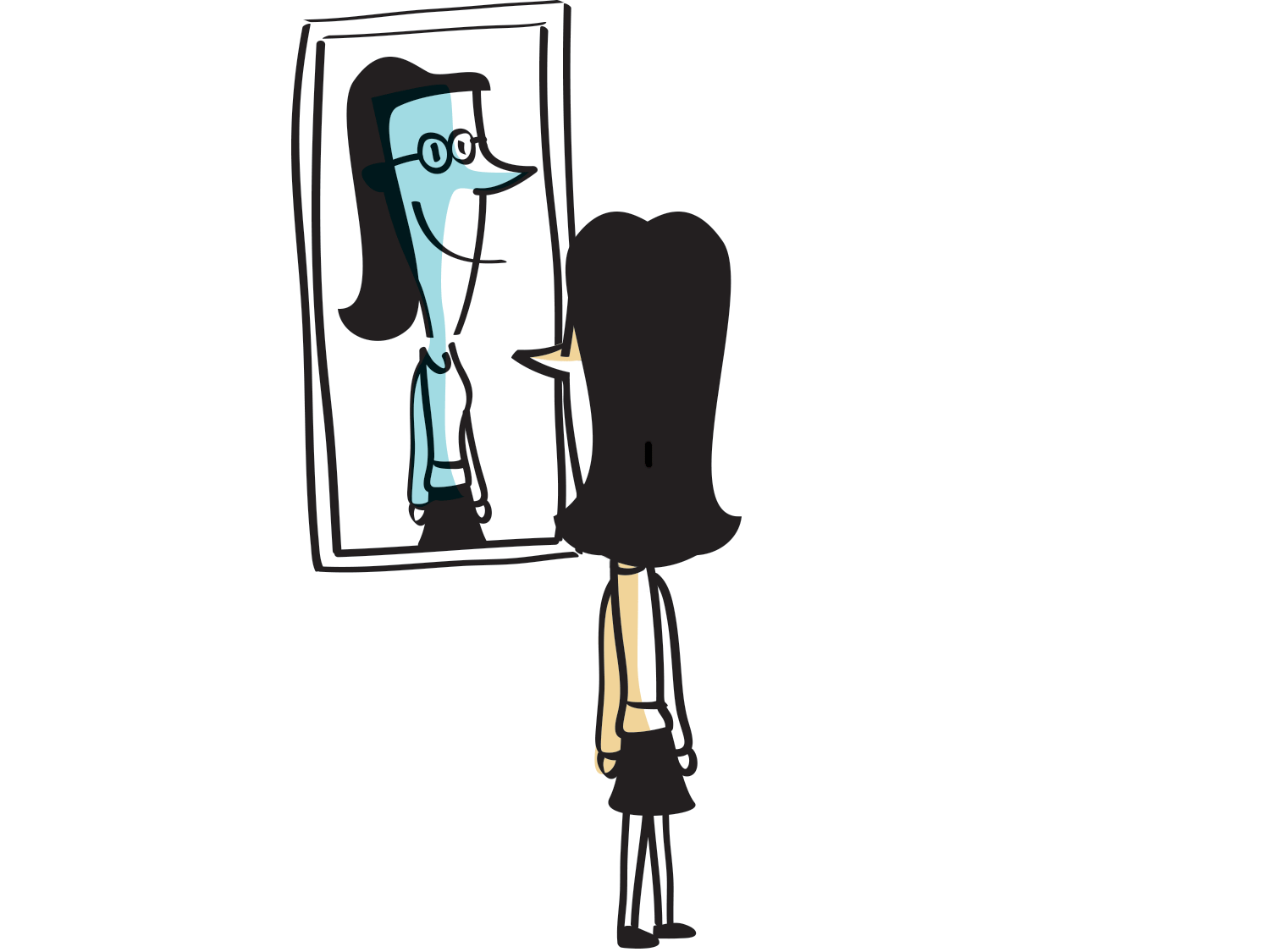Looking for Love
Who are you, really? You are seeking your soulmate, the person of your dreams, the one who completes you. You know exactly what you are looking for: Your partner must be loving, sociable, … into sports, theatre, … like the outdoors and travel, … must speak Italian or Mandarin…. be tall, petite, with blond or dark hair… their favorite dish is pasta. But do you know what image you project? What does your social media profile say about you? Will others find you interesting enough? What will they say about you? HOO-R-U helps you determine the nuances of your online identity by evaluating how others might view you through social media.
Online Dating Magazine, there are more than 7,500 online dating websites — over 2,500 in the United States and 5,000 around the world. Match.com is the most popular, as well as the most established, dating site, having grown to 23.5 million users and counting since their 1995 launch. One of the most active online dating sites is Zoosk, which sees more than 3 million message exchanges every day.
One in five online daters have asked someone else to help them with their profile
Many online daters enlist their friends to put their best digital foot forward. HOO-R-U can help you, too!
[PEW Research Center]
What Makes Us Click – How Online Dating Shapes Our Relationships: NPR
MORNING EDITION, January 2, 2018
According to Match.com, late December through Valentine’s Day is the busiest time of the year for dating apps and sites. It’s sometimes called “cuffing season” — a nod to the idea that people want to find a serious relationship during the cold months.
According to a Pew study conducted in 2015, its most recent look at online dating, 59 percent of American adults say going online is a good way meet people — a 15 percent increase from a decade ago. In fact, in 2015, 15 percent of American adults used a dating app or website — a number that has likely increased in the years since the study.
HOO-R-U can help you consider how others see you online.
You’ll be asked a series of questions. When you’re finished, you’ll be given scores on 5 dimensions of your online profile. The scores are based on how important each element of your profile is to you and only you. These scores, on a scale from 1-100, are calculated in a way that takes into account how you stack up compared to other people who have used HOO-R-U and are most similar to you in age, gender, education and social media usage
What we do online can strongly affect our offline lives in ways we never imagined. HOO-R-U tells you what you really are communicating about yourself and prods you to think about what you really want to project. We hope getting your HOO-R-U Profile becomes a regular activity for all the people who care and are concerned with the footprints they leave on social media. After all, those prints can live forever.
The Looking Glass Self
The methodology of the HOO-R-U Profile and Score is derived from the “looking glass self” social science model that is the foundation of the theory of self in sociology. It dates back to the early 20th century and is best captured by this curious statement:
“I am not who you think I am; I am not who I think I am; I am who I think, you think, I am” – Dr. Charles Horton Cooley (1902)
HOW IT WORKS
You’ll be asked a series of questions. When you’re finished, you’ll be given scores on 5 dimensions of your online profile. The scores are based on how important each element of your profile is to you and only you. These scores, on a scale from 1-100, are calculated in a way that takes into account how you stack up compared to other people who have used HOO-R-U and are most similar to you in age, gender, education and social media usage
WHY IT'S IMPORTANT
What we do online can strongly affect our offline lives in ways we never imagined. HOO-R-U tells you what you really are communicating about yourself and prods you to think about what you really want to project. We hope getting your HOO-R-U Profile becomes a regular activity for all the people who care and are concerned with the footprints they leave on social media. After all, those prints can live forever.
THE SCIENCE BEHIND IT
The Looking Glass Self
The methodology of the HOO-R-U Profile and Score is derived from the “looking glass self” social science model that is the foundation of the theory of self in sociology. It dates back to the early 20th century and is best captured by this curious statement:
“I am not who you think I am; I am not who I think I am; I am who I think, you think, I am” – Dr. Charles Horton Cooley (1902)







